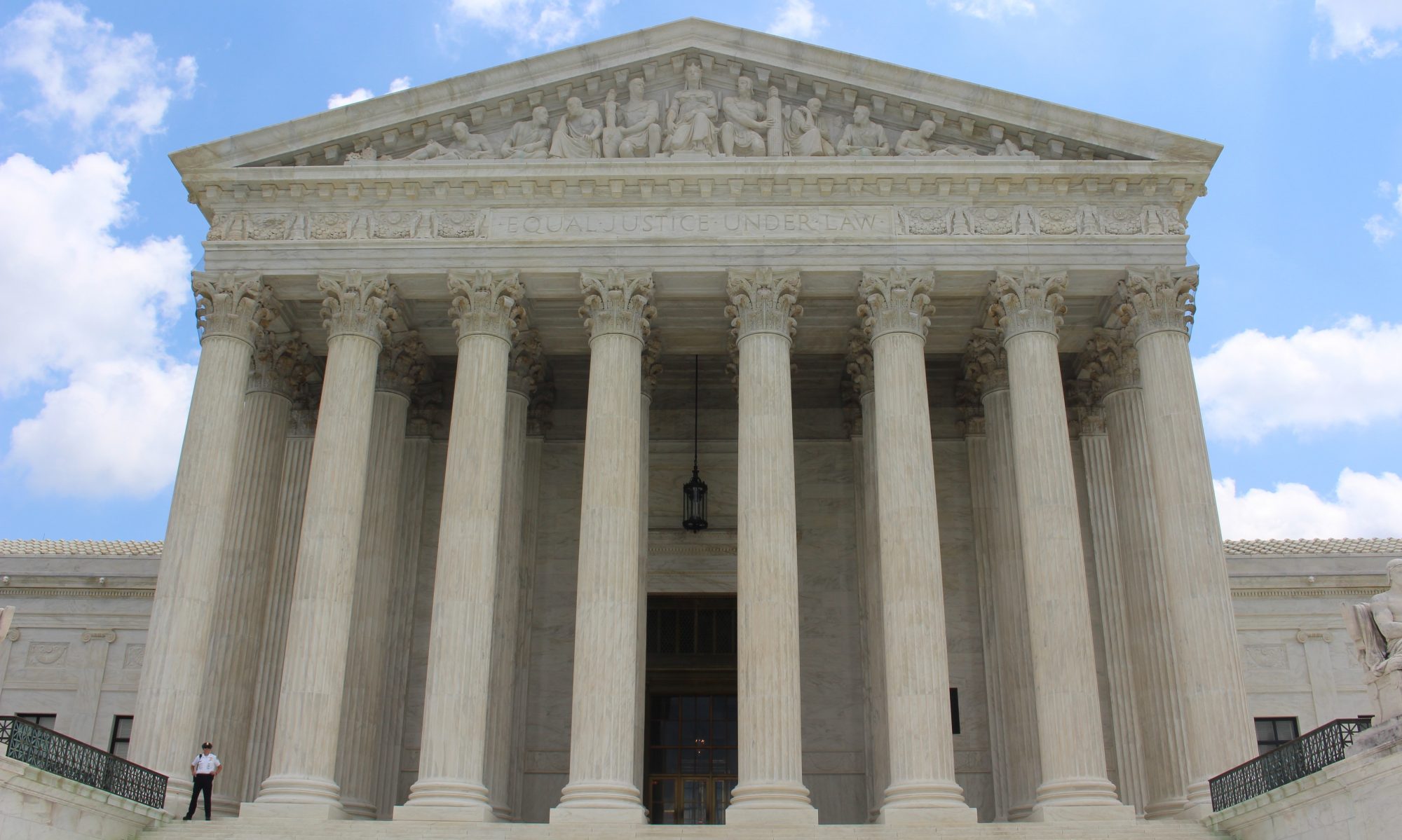Susan Estrich, Sex at Work, 43 Stan. L. Rev. 813 (1991)
Kathryn Abrams, The New Jurisprudence of Sexual Harassment, 83 Cornell L. Rev. 1169 (1998)
Michael J. Vargas, Title VII and the Trans-Inclusive Paradigm, 32 J. Law & Ineq. 169 (2014)
Francisco Valdes, Queers, Sissies, Dykes and Tomboys: Deconstructing the Conflation of “Sex,” “Gender,” and “Sexual Orientation” in Euro-American Law and Society, 83 Cal. L. Rev. 1 (1995)
Vicki Schultz, Reconceptualizing Sexual Harassment, 107 Yale L.J. 1683
David Benjamin Oppenheimer, Exacerbating the Exasperating: Title VII Liability of Employers for Sexual Harassment Committed by Their Supervisors (1995)
“This Article examines and criticizes the courts’ failure to uniformly impose vicarious liability on employers in cases involving sexual harassment by supervisors, and considers the confusing rules applied by the federal courts and the EEOC when determining employer liability for sexual harassment. It then compares federal law to the state law of California, which imposes absolute vicarious liability on employers for all on-the-job sexual harassment by supervisors (the “California Rule”). This Article concludes that the federal courts should adopt the California Rule as the proper application of Title VII. Should the courts fail to do so, Congress should amend Title VII to require the California Rule.”
Nadine Taub, Keeping Women in Their Place: Stereotyping Per Se as a Form of Employment Discrimination (1980)
“Employers’ preconceived notions of appropriate role behavior influence the definition of jobs, the evaluation of work performance, and the assignment of workers to jobs, thus detracting from the maximal contribution that the individual worker’s abilities would allow. At the same time, employer and society role expectations of women have a negative impact on a woman’s motivation and performance in a work environment. Thus, the first section concludes that attitudinal factors internalized by both employer and employee constitute a primary obstacle to equal employment opportunity, and that such attitudinal factors are reinforced continually by adverse employment decisions grounded in stereotypical role expectations. The first section of this article proposes that such stereotypically based decisions be recognized under our fair employment laws as discrimination per se. Following this review of social science studies, the case law concerning sexual harassment is examined in detail to show the inadequacies of present concepts of discrimination in addressing discriminatory employment decisions that reflect and reinforce these attitudinal barriers. The capacity of present concepts to explain other instances believed to constitute discrimination is also explored. From this review it is again concluded that an additional concept of discrimination is needed. In the final section, this proposal is related to present concepts of discrimination and evaluated in terms of its feasibility.”
Carly McCann, Donald Tomaskovic-Devey, M.V. Lee Badgett: Employer’s Responses to Sexual Harassment (December 2018)
“Sexual harassment is a pressing national issue in both the public sphere and many workplaces. Recent high-profile allegations in the media, government, and prominent firms as well as the accompanying social movements (such as #TimesUp and #MeToo) have raised the visibility of sexual harassment, strongly suggesting that workplace sexual harassment has not been effectively addressed—or perhaps even taken seriously—by many employers.
In this report, we examine employer responses and the outcomes of 46,210 Title VII sexual harassment discrimination charges filed between 2012 and 2016 with the U.S. Equal Employment Opportunity Commission (EEOC) and state Fair Employment Practices Agencies (FEPAs). We also examine the EEOC’s processing of the 33,304 Title VII sexual harassment charges filed solely with the EEOC.”
Chai R. Feldblum & Victoria A. Lipnic, U.S. Equal Employment Opportunity Commission, Select Task Force on the Study of Harassment in the Workplace: Report of Co-Chairs (June 2016)
“From April 2015 through June 2016, the Select Task Force held a series of meetings – some were open to the public for observation, some were closed working sessions, and others were a combination of both. In the course of a year, the Select Task Force received testimony from more than 30 witnesses, and received numerous public comments. The activities of the Select Task Force on the Study of Harassment in the Workplace are set out in detail in Appendix A.
The first part of this report considers what we know (and do not know) about workplace harassment. The second part turns to potential solutions for responding to, and preventing, workplace harassment. Several selections of the report include recommendations based on the information presented in that section. The recommendations are offered to EEOC, employers and employer associations, employees and employee associations, other government agencies, academic researchers, and foundations.”
